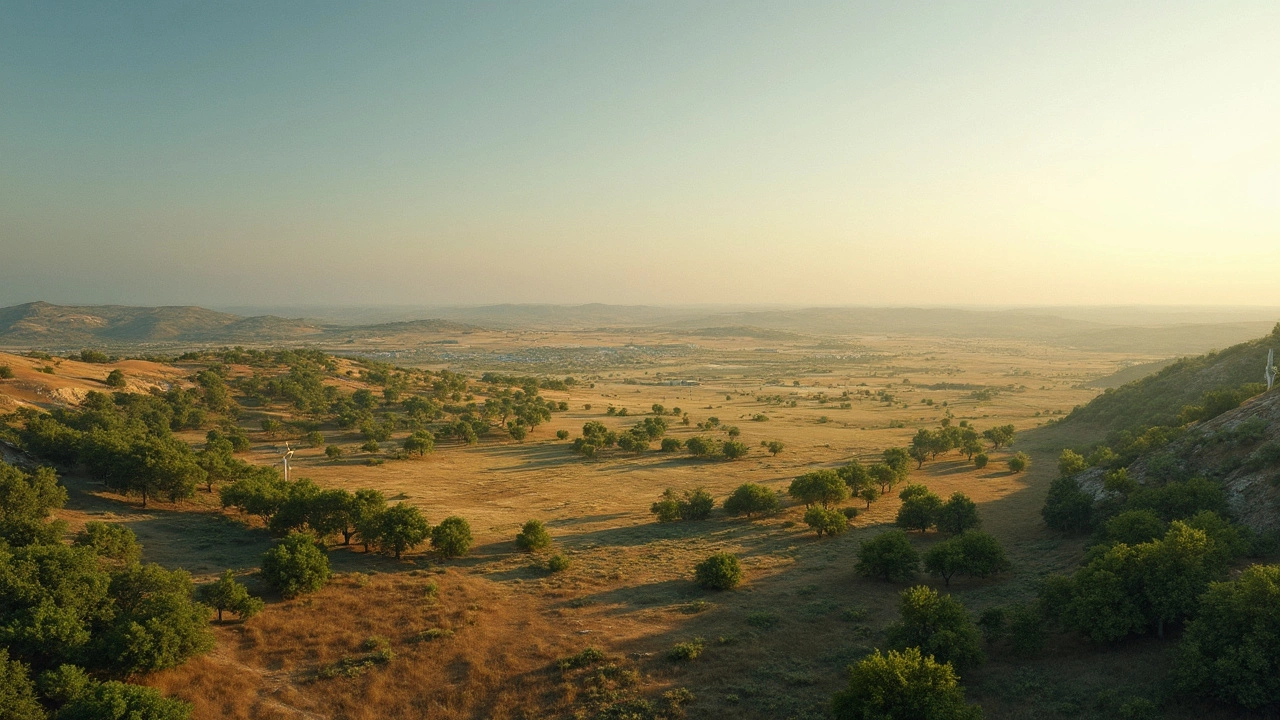Land Prices in Texas: What You Need to Know in 2025
Texas is huge, so it’s no surprise that land prices jump around a lot. One acre in Dallas can cost a small fortune, while the same size out in West Texas might be a bargain. If you’re thinking about buying land, you need to know which factors push prices up and how to spot a solid deal before you sign anything.
Why Texas Land Prices Differ by Region
First off, location matters more than anything else. The major metro areas—Dallas‑Fort Worth, Austin, Houston, and San Antonio—see the highest per‑acre prices because of job growth, schools, and amenities. In these cities, even a small parcel can top $200,000 per acre.
Move a little farther out and the price drops dramatically. East Texas, with its pine forests and lower population density, often averages $4,000‑$7,000 per acre. West Texas, especially the Permian Basin, can be as low as $1,500 per acre, but you’ll have to consider water rights and rugged terrain.
Another driver is the type of land. Agricultural land with good soil and water access commands a premium over raw, undeveloped parcels. Likewise, land zoned for commercial or residential development near highways or planned infrastructure projects usually climbs faster than land stuck in zoning limbo.
How to Find the Best Deals on Texas Land
Start with online tools. Websites that list county tax records, MLS data, and dedicated land‑sale portals give you a quick snapshot of asking prices and recent sales. Compare at least three recent sales in the same area to spot outliers.
Next, dig into the county’s tax assessor data. This shows the official assessed value, which can be a good baseline. If a seller’s asking price is far below the assessor’s number, ask why—there may be environmental issues, lack of utilities, or title problems.
Check water rights and easements early. In Texas, water access isn’t guaranteed with land ownership, especially in arid West Texas. Having a reliable water source can add $1,000‑$3,000 per acre to the land’s value.
Don’t ignore the future. Look at city or county master plans to see if new roads, schools, or industrial parks are slated for the area. A modest piece of land today could double in value if a highway extension is approved nearby.
Finally, budget for extra costs. Closing fees, title searches, surveys, and possible land‑clearing can add 5‑10% to your purchase price. Having a buffer helps you avoid surprises after the deal closes.
By focusing on regional trends, doing a solid data check, and keeping an eye on water and zoning, you can navigate Texas land prices with confidence. Whether you’re hunting for a farm, a future home site, or an investment parcel, the right research saves money and headaches.
How Much is 2 Acres of Land Worth in Texas?
by Arjun Mehta Apr 16 2025 0 LandLand prices in Texas can vary significantly based on factors like location, utilities, accessibility, and buyer demand. This article explores the current market value of 2 acres of land across different regions in Texas. We also provide insights into factors that influence pricing, tips for prospective buyers, and how to evaluate potential investments in the Lone Star State.
READ MORE